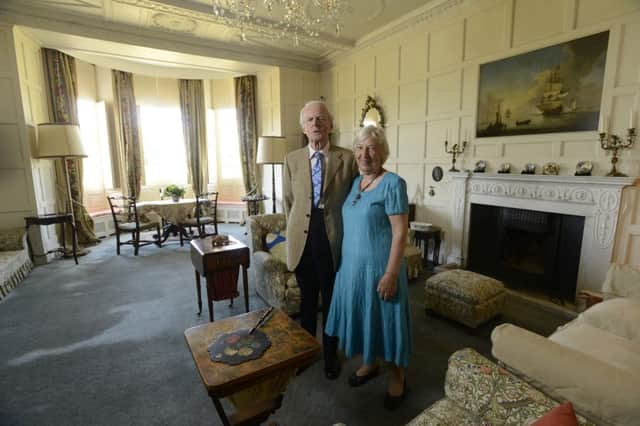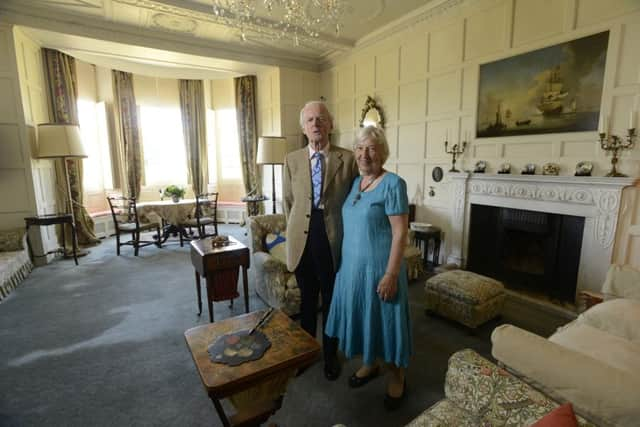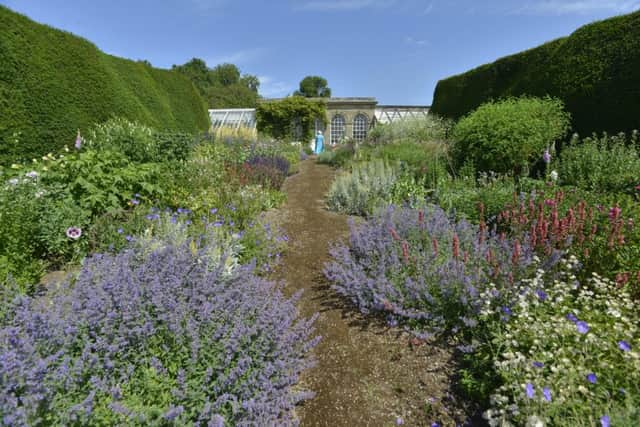The home said to have inspired Charlotte Bronte is opening to the public


The writer is believed to have visited Norton Conyers in 1839, seen the attics, and heard the family legend of “Mad Mary” who was secretly confined to an end room, as far away as possible from the rest of the house.
When Brontë wrote her 1847 classic Jane Eyre, she created the character of Edward Rochester’s Creole first wife who he locks away in the upper floors of his sprawling manor “three storeys high, of proportions not vast though considerable: a gentleman’s manor house” - which owners Sir James and Lady Graham say perfectly sums up the exterior of the house, near Ripon.
Advertisement
Hide AdAdvertisement
Hide AdThe house reopens for just a week from July 19 to July 26, and there is expected to be high demand to see the fruit of extensive repair and conservation work, which has seen the house closed to the public for the last eight years.


However the rickety staircase is too dangerous for the public to use so they will get just a tantalising glimpse of the attics above.
Nearly every single floorboard in the hall of the house had to be lifted during the conservation work to tackle death watch beetle which is thought to have been in the house since the 14th century. Lady Graham spent one year with an assistant, cleaning the 40 rooms and exploring every nook and cranny for evidence of the beetle. She jokes that they have the finest collection of death watch beetle carcases in the north of England.
She said: “Over the years they have been chomping away in the hall, in the attics, in various rooms. It is a gourmet and only likes hard wood.”
Advertisement
Hide AdAdvertisement
Hide AdEventually after discussions with experts, they decided to do a census. “My husband had to measure them, to see whether they were anorexics or liked their grub - they are very small - and plot their position on a graph. I spent the year with the help of a student cleaning very bean in the house, including the attics.”


To find the beetles Lady Graham papered over their holes with paper, to see whether they would emerge in Spring.
However the results convinced them there was a serious infestation and when the floorboards in the hall eventually came up they were told that if they had left it much longer some would have given way.
Lady Graham says visitors will find the place - the last time the hall was painted was in 1937 - much cleaner and with a lighter atmosphere.
Advertisement
Hide AdAdvertisement
Hide AdHowever for her the biggest revelation has been for the first time in her married life having a warm bathroom with the luxury of a heated tower rail. To reserve a place visit www.nortonconyers.org.uk.


Among the discoveries made during restoration were 29 painted Tudor boards which had been crudely plastered over in the 18th century to block up several early doorways. Some were painted to look like the rich velvets which were coming out of Genoa in the 1520s to 1540s. “It was like having your own wallpaper,” said Lady Graham. “If you were rich and the Nortons were, they would have travelled with them from one great house to another.” Others looked like linen, and may have stood behind the dais the Lord of the Manor would have sat on while eating. “The boards are exquisite, but the way the they were hammered in to block up old doorways has been described as a Friday night job,” she added.